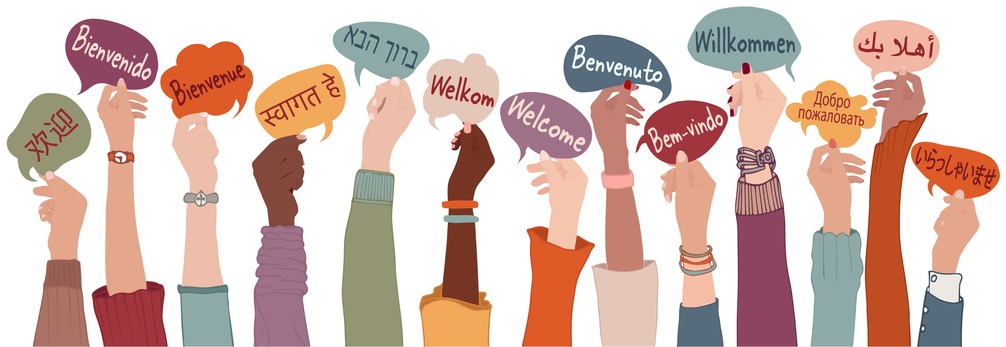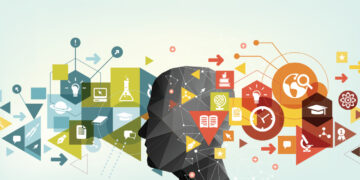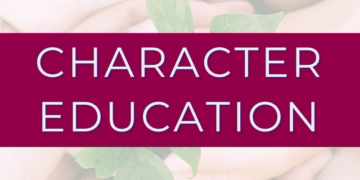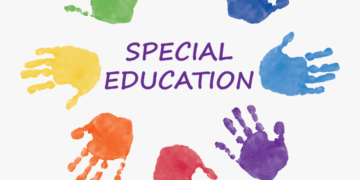Immersive Experiences: The Cornerstone of Language Acquisition
True language mastery goes beyond textbooks, requiring an immersive experience that integrates language into everyday life. Let’s examine how immersion unlocks fluency and fosters a deeper cultural understanding.
Defining Immersion: A World of Language
Immersion entails surrounding yourself with the target language as much as possible. While this can mean traveling to a country where the language is spoken, it also includes creating an immersive environment at home through media, conversations, and cultural engagement. Constant exposure is the key.
The Benefits of Immersion: Accelerated Learning
Immersion accelerates language learning by providing constant exposure to authentic language use. This facilitates the acquisition of nuances and a more natural understanding of the language. Immersion also sharpens pronunciation and listening skills. The U.S. Department of Education emphasizes the importance of multilingualism as a vital skill for the future in our interconnected world.
Immersion in Education: Dual Language Programs
Dual Language Immersion (DLI) programs are gaining popularity in educational settings. These programs aim to educate students in two languages, nurturing bilingualism and biliteracy. For example, nearly 70% of English Learners in Dallas participate in DLI programs, significantly exceeding the national average, demonstrating the positive effects of immersion on language acquisition. Studies also indicate that students in DLI programs often outperform their peers in reading and English assessments.
Creating Your Own Immersion: Practical Strategies
You don’t need to travel abroad to create an immersive language learning experience. Simple changes such as changing your phone’s language, watching foreign films, listening to international music, and connecting with language partners can make a significant difference. The key is to integrate the language into your daily routine. Fluency comes from integrating language and culture.
Cultural Integration: Embracing Context
Contemporary language education is evolving to recognize that true language proficiency extends beyond grammar and vocabulary, emphasizing the cultural contexts in which languages are used. Integrating cultural awareness into language learning programs is paramount.
The Rise of Dual Language Programs: A New Perspective
The growing popularity of dual language programs reflects a broader understanding of the goals of language education, which include linguistic proficiency and cultural integration. This trend highlights the increasing value placed on diverse languages and cultures.
Integrating Cultural Context: A Holistic Approach
Effective language education now incorporates cultural context into the curriculum. This comprehensive approach ensures that students not only learn a second language but also develop the ability to navigate and appreciate different cultural environments, equipping them with the skills to thrive in a globalized world.
Focus on K-12 Education: Building a Foundation
There’s a growing emphasis on dual language and English Language Development (ELD) programs in K–12 education, reflecting a commitment to providing students with comprehensive language skills from an early age. This prepares them for future academic and professional success in an increasingly interconnected world.
Nationwide Expansion: A Growing Trend
According to the Center for Applied Linguistics’ 2024 Annual Report, dual language programs are expanding across the U.S., highlighting the increasing recognition of language immersion as a valuable educational approach. The report underscores the importance of valuing all languages and cultures as societal resources.
Valuing Languages and Cultures: A Societal Shift
Evaluations in multiple districts across several states demonstrate a shift toward valuing languages and cultures, which is evident in the increasing attention given to dual language programs. This integrated approach aims to ensure that students become fluent in a second language and culturally competent.
Data source: Center for Applied Linguistics “2024 Annual Report” Published: 2025 May
Cognitive Strategies: Mastering Oral Expression
Oral expression is a crucial skill, and understanding the cognitive strategies that support it can significantly enhance language learning outcomes. Let’s explore some effective approaches based on recent research in language education.
Leveraging Lexical Chunks: Building Blocks of Fluency
One highly effective strategy involves focusing on lexical chunks and formulaic sequences. By mastering these pre-packaged units of language, learners can reduce the cognitive load associated with real-time grammar construction, allowing them to concentrate more on conveying meaning and engaging in meaningful interactions.
Multisensory Learning: Engaging All Senses
Multisensory strategies, which integrate visual, auditory, kinesthetic, and tactile elements, offer another powerful pathway to improved oral expression. This approach enhances language processing proficiency and supports oral language development by engaging multiple senses in the learning process.
Inclusive Pedagogical Practices: Creating Supportive Environments
Creating an inclusive learning environment is also crucial. Best practices include group discussions, structured opportunities for oral expression, the use of visual supports, and explicit instruction in attention and listening skills. These strategies are particularly beneficial for students with special educational needs.
Enhancing Literacy: Reading and Writing Synergistically
Exploring effective methods to enhance reading and writing abilities is essential for academic and lifelong success. By understanding current challenges and integrating proven strategies, we can empower individuals to become proficient communicators.
The Reading-Writing Connection: A Powerful Combination
Research indicates that combining reading with explicit writing instruction yields significant benefits. This approach not only enhances writing skills but also improves discourse knowledge, planning abilities, and oral language development, creating a synergistic learning environment.
Early Intervention Matters: Building a Strong Foundation
Addressing literacy challenges early on is crucial. Children who struggle with reading in their early years may face ongoing academic difficulties. Therefore, early intervention programs and family engagement initiatives are vital for fostering a strong foundation in literacy.
Strategies for Improvement: Practical Approaches
Moving beyond simply increasing reading time, integrating writing exercises directly related to reading material can significantly improve comprehension. Furthermore, creating a supportive home environment that values literacy can positively impact a child’s reading development.
Addressing Intergenerational Literacy: Breaking the Cycle
Literacy challenges can often span generations. Children in households with low adult literacy are at a higher risk of experiencing reading difficulties themselves. Breaking this cycle requires comprehensive strategies that address both individual and family literacy needs.
Language Evaluation: Assessing Fluency with Innovative Tools
Language assessment is constantly evolving. Current trends in evaluating language fluency involve innovative tools used to measure language proficiency.
Diversification of Assessment Tools: A Wider Range of Options
The range of tools available for assessing language fluency is expanding, offering educators a wider variety of options to suit different needs and contexts. From standardized tests to more dynamic, scenario-based assessments, the field is embracing diverse approaches.
WIDA ACCESS and Academic English: Monitoring Progress
WIDA ACCESS is a widely used, comprehensive annual assessment that monitors the progress of English language learners in grades K-12. It plays a crucial role in tracking academic English development and ensuring compliance with educational standards. The test covers listening, reading, speaking, and writing.
Avant STAMP and Real-World Application: Assessing Practical Skills
Avant STAMP focuses on evaluating language proficiency in practical, real-world scenarios. Recognized by both schools and universities, it assesses a student’s ability to use the language effectively in authentic contexts and helps track individual and collective growth.
Biliteracy Certifications and Opportunities: Recognizing Achievement
The increasing adoption of biliteracy certifications, such as Seals of Biliteracy, signifies a growing emphasis on comprehensive language proficiency. These certifications not only recognize students’ language skills but also open doors to further educational and career opportunities.
Q&A
Question 1: What are the key elements contributing to successful language learning, as described in the provided text?
Answer: The text emphasizes three key elements: immersion (surrounding oneself with the target language through various means), cultural integration (understanding the context and nuances of the language within its culture), and honing specific skills like oral expression, reading, and writing. These elements work synergistically to achieve fluency.
Question 2: How does immersion accelerate language acquisition, and what are some practical ways to create an immersive environment without traveling abroad?
Answer: Immersion accelerates learning by providing constant exposure to the target language, allowing learners to pick up nuances and develop a more natural understanding. Without traveling, immersion can be achieved by changing phone settings, watching foreign films, listening to international music, and finding language partners – essentially integrating the language into daily life.
Question 3: What is the significance of dual language immersion (DLI) programs in education, and what evidence supports their effectiveness?
Answer: DLI programs are gaining popularity due to their effectiveness in fostering bilingualism and biliteracy. Data from Dallas, where nearly 70% of English learners participate in DLI programs, shows a significant positive impact exceeding national averages. Research also indicates improved performance in reading and English assessments for students in these programs.
Question 4: What cognitive strategies are highlighted as effective for improving oral expression in language learning?
Answer: The text suggests leveraging lexical chunks (pre-packaged language units) to reduce cognitive load, employing multisensory learning techniques (integrating visual, auditory, kinesthetic, and tactile elements), and fostering an inclusive learning environment with group discussions and visual supports.







